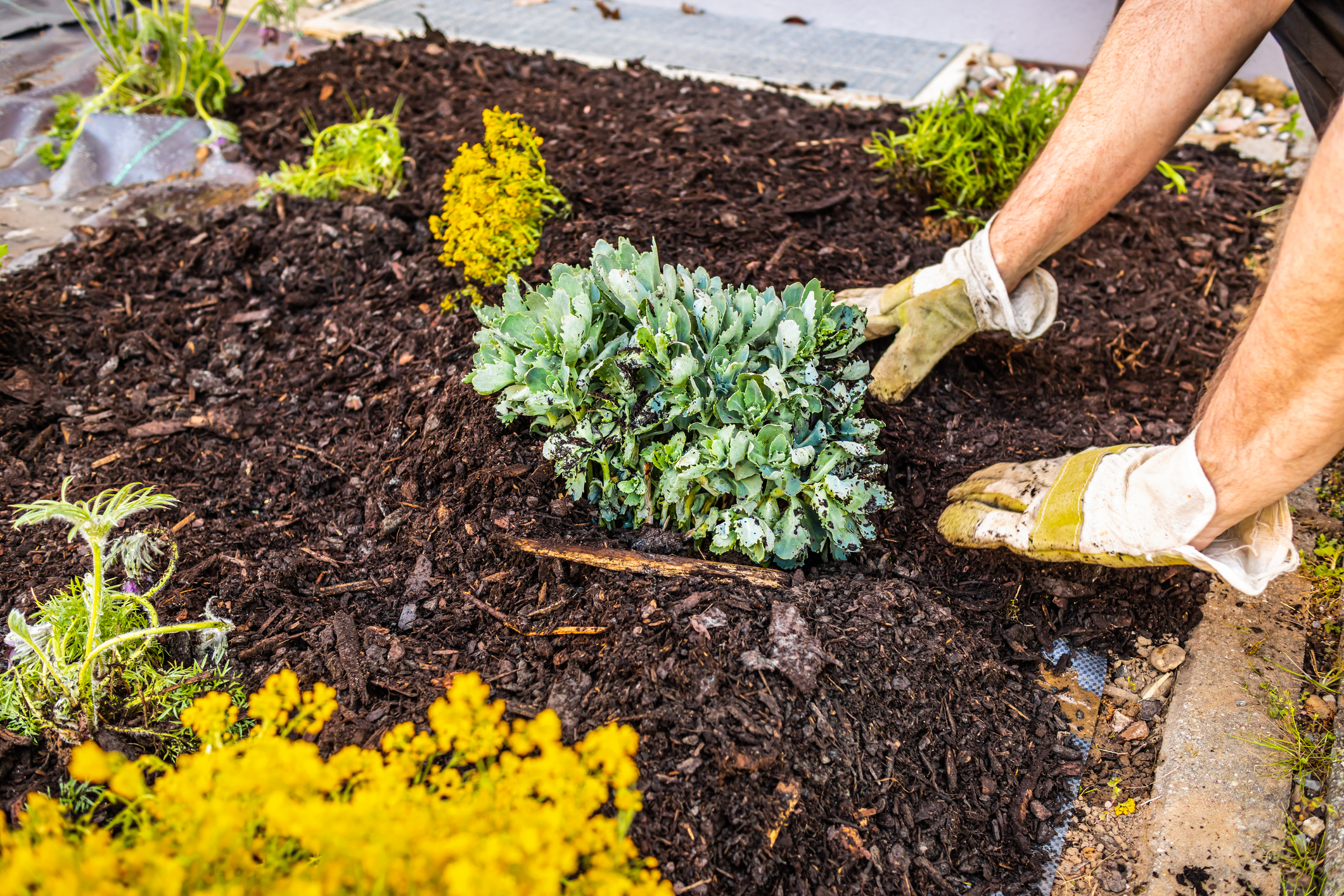Colored plastic mulches may provide boost to garden crops

It may seem trivial, but home gardeners who choose to use plastic mulch may want to note the advantages that research has shown for colored mulches over the more traditional black plastic mulch.
Kansas State University horticulture expert Cynthia Domenghini said plastic mulches have long been known to provide advantages for the vegetable grower, including earlier fruiting, increased yields and weed control.
Research is showing that some crops do even better when colored plastic mulches are used. For one of Kansas gardener’s favorites – tomatoes – the color choice is…red. (Surprise!)
“Though normally there is an increase in production of marketable fruit with red mulch over black mulch, the amount of the increase varies with the type of (weather) we have,” Domenghini said. “There may be no increase during years of near-perfect weather, or up to a 20% increase with less favorable growing conditions. An average expected increase is about 12%.”
According to Domenghini, the steps for applying plastic mulch include:
- Prepare the soil.
- Place a trickle irrigation line near the center of where the mulch will lay. The plastic will prevent rainwater or overhead irrigation from reaching the plants.
- Construct trenches for the outer six inches of the plastic mulch. This allows the center of the bed to be undisturbed with the edges of the mulch draping down into the trench.
- Fill the trenches to cover the edges of the mulch. This will prevent wind from catching and blowing the mulch. If the soil has been tilled, use a hoe to prepare the trenches.
Commercial growers have a mulch-laying machine to apply the trickle irrigation line and mulch in one step. Home gardeners must do this by hand.
The downside of plastic mulch is disposal, Domenghini adds.
“Availability of biodegradable plastic mulches will likely increase in years to come,” Domenghini said. “Some gardeners are able to re-use their plastic mulch for multiple years but as soil covers the top it reduces the efficacy of weed prevention.”
Domenghini and her colleagues in K-State’s Department of Horticulture and Natural Resources produce a weekly Horticulture Newsletter with tips for maintaining home landscapes and gardens. The newsletter is available to view online or can be delivered by email each week.
Interested persons can also send their garden and yard-related questions to Domenghini at [email protected], or contact your local K-State Research and Extension office.



